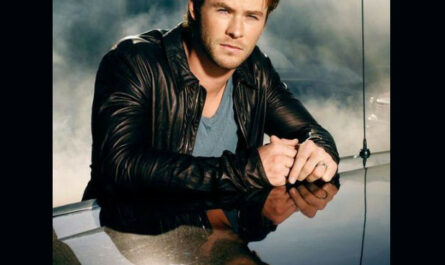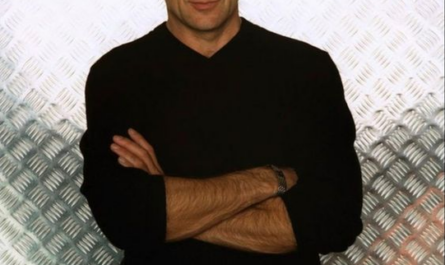In the annals of Hollywood history, few actors command as much respect and admiration as Bruce Willis. While he may be best known for his iconic roles as the tough-as-nails action hero, Willis’s career is a testament to his ability to infuse his characters with emotional depth and complexity. From his early days as the wisecracking everyman to his later roles as a tortured soul grappling with inner demons, Willis has continually pushed the boundaries of his craft, captivating audiences with his raw vulnerability and magnetic screen presence. Join us as we embark on a journey through the evolution of Bruce Willis’s acting, exploring the roles that showcase his range and depth.
Early Career: The Rise of the Everyman Action Hero (1980s)
Bruce Willis burst onto the scene in the 1980s, carving out a niche for himself as the quintessential everyman action hero. With iconic roles in films like “Die Hard” and “The Fifth Element,” Willis became synonymous with tough-guy demeanor, wisecracks, and explosive action sequences. While his characters displayed hints of vulnerability, such as John McClane’s concern for his wife in “Die Hard,” emotions took a backseat to adrenaline-fueled thrills and high-octane stunts. Nevertheless, Willis’s effortless charm and charisma endeared him to audiences, cementing his status as a bona fide action star.
Shifting Gears: Exploring Emotional Complexity (1990s)
As the 1990s dawned, Bruce Willis embarked on a journey to expand his repertoire, seeking out roles that demanded more emotional depth and complexity. In his iconic TV series “Moonlighting” and Quentin Tarantino’s “Pulp Fiction,” Willis showcased his comedic timing and ability to deliver dramatic dialogue with finesse. However, it was in films like “12 Monkeys” where Willis truly demonstrated his range as an actor, portraying a character grappling with mental illness and existential despair. His nuanced performance earned him critical acclaim and showcased a side of Willis that few had seen before.
Balancing Action with Depth (2000s and Beyond)
As the new millennium dawned, Bruce Willis continued to dominate the box office with a string of action-packed blockbusters. However, there was a noticeable shift in his choice of roles, with a greater emphasis on characters with emotional baggage and internal struggles. In M. Night Shyamalan’s “Sixth Sense,” Willis delivered a haunting portrayal of a child psychologist haunted by his own failures, showcasing a vulnerability that resonated with audiences. Even in films like “Looper,” where the action takes center stage, there’s a palpable melancholic undercurrent to Willis’s performance, hinting at the emotional complexity lurking beneath the surface.
The Legacy: Action Heroes Can Have Depth Too
Bruce Willis’s career serves as a powerful reminder that action heroes can possess depth and complexity far beyond their tough exterior. While he may have made his mark in the realm of high-octane thrills and explosive set pieces, Willis’s willingness to evolve as an actor and take on roles that challenge him has set him apart from his peers. Despite criticisms of his acting range, particularly in his later action films, there’s no denying the impact of Willis’s performances and his ability to connect with audiences on a visceral level.
In the end, Bruce Willis’s filmography is a testament to the power of transformation and the enduring allure of the silver screen. From his early days as the wisecracking everyman to his later roles as a tortured soul grappling with inner turmoil, Willis has left an indelible mark on the world of cinema, proving that true greatness lies not in the size of explosions or the number of one-liners delivered, but in the depth of emotion and the richness of character.



